Whether you are building a new home, renovating an existing property, or completely deconstructing a building, you will end up with substantial amounts of waste, and some of these building materials can be reclaimed or recycled. With these tips, you can reduce to a minimum the materials you send to the landfill and learn how to dispose of waste responsibly.
The best way to reduce waste is to plan ahead to keep it at a minimum; here are some suggestions on how you can do that:
- Design your house with reduced waste in mind by keeping the plans at sensible dimensions. If you plan lengths to be 4 and 8 foot increments instead of 5 and 9, this makes the best use of industry standard dimensions.
- Order pre-cut lumber (some lumber yards will use your building plans to deliver framing materials cut to the lengths you need. This can save you time by not needing to cut as much, and factory cut lumber is likely more accurate in length than site cut lumber.
- Investigate pre-fabricated wall solutions because factory assembly can ensure a high quality and material conservation.
- Avoiding drywalling over planned window areas and generating unnecessary waste.
- Specify the ideal lengths of flooring materials to suppliers so you receive stock suited to your dimensions and avoid unnecessary waste. Use scraps of batt insulation and high quality tapes to insulate and seal windows rather than spray foam.

Using or disposing of old building materials:
- Re-using or repurposing building materials, where it makes sense.
- Use old boards as strapping as long as there are enough, that they are of good quality, and they are consistent and of a suitable dimension.
- Clean framing lumber in good condition can be repurposed.
- Post notices of excess materials and recyclable items you won’t be using on online classified sites. This will save landfill space and can save you money by not having to pay for disposal – there are people willing to come and pick up the most unusual of items – pieces of drywall, floor boards, cabinetry, old windows, etc.
- Separating waste; keep like materials together for easier recycling or pickup by others.
- Keep unrecyclable and toxic materials separate for easier disposal.
- Recycling solutions for decommissioned solar panels
- Short lengths of framing lumber can be cut to stove length and used as heating fuel if you or anyone you know heats their home with wood.
Even if you follow the suggestions above, you will likely end up needing a dumpster for all but the smallest of projects. Look for private or municipal recycling centers, and if you are pursuing a green building certification like LEED, the center would need to provide a report of how much of your waste was able to be recycled and how much ended up in a landfill.
Now you know how to properly dispose of construction waste. Learn more about sustainable living and building in the Ecohome Green Building Guide and on these pages below :
Learn more about the benefits of a free Ecohome Network Membership here. |


























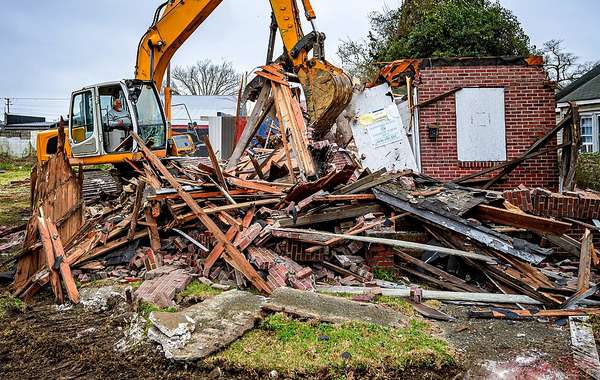

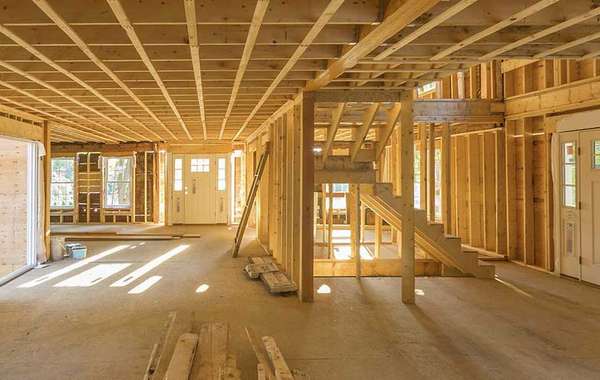

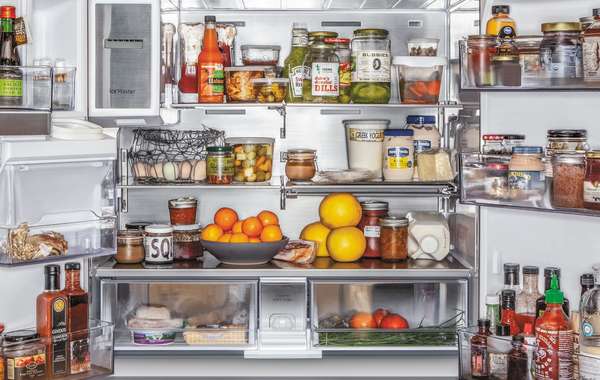



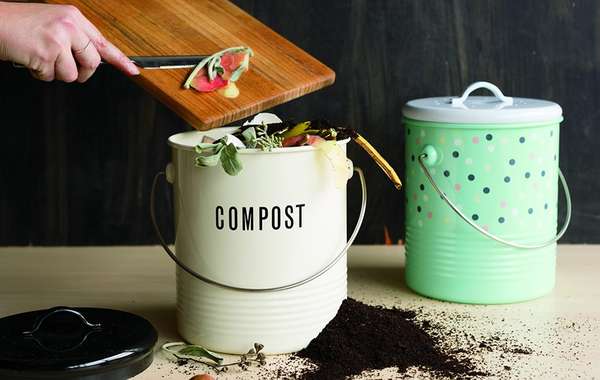
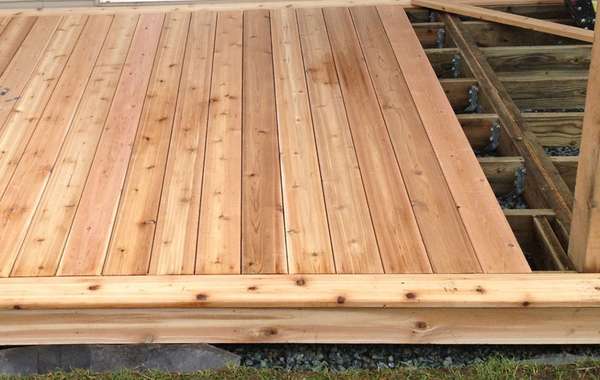
Comments (0)
Sign Up to Comment